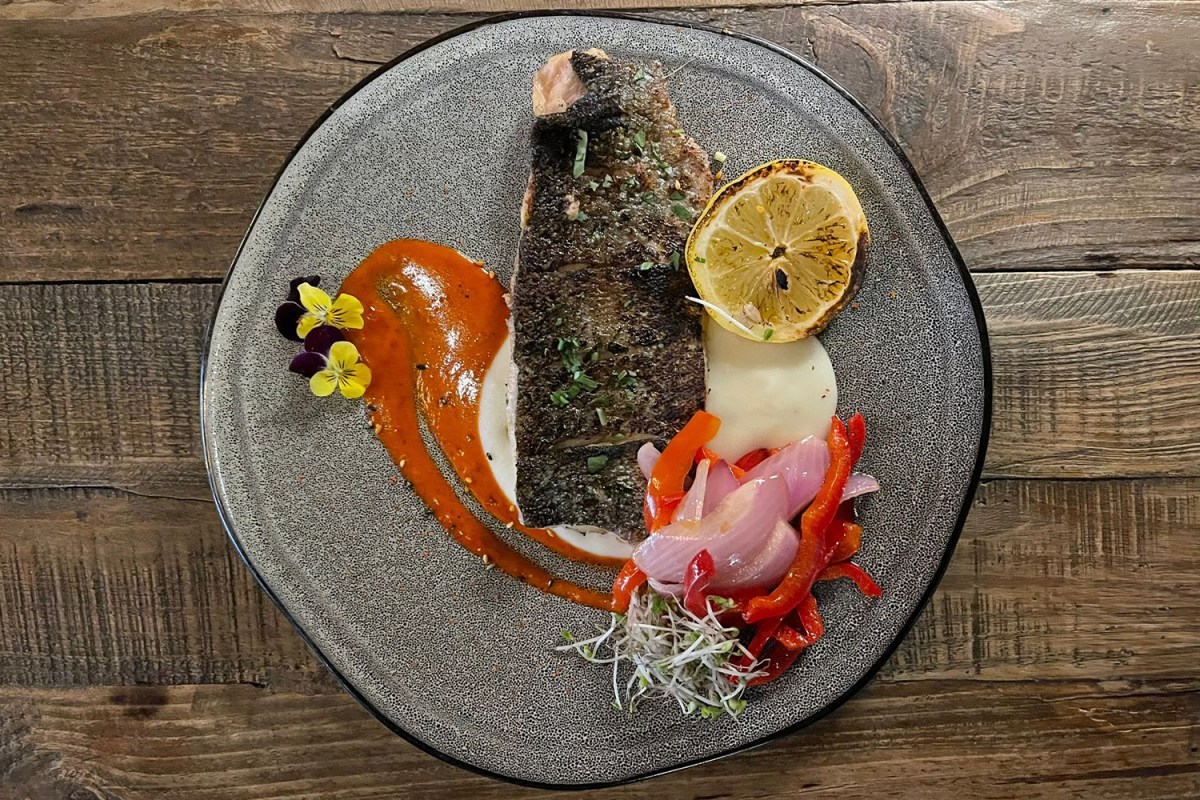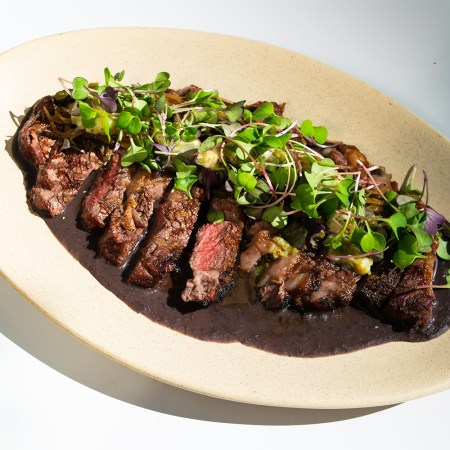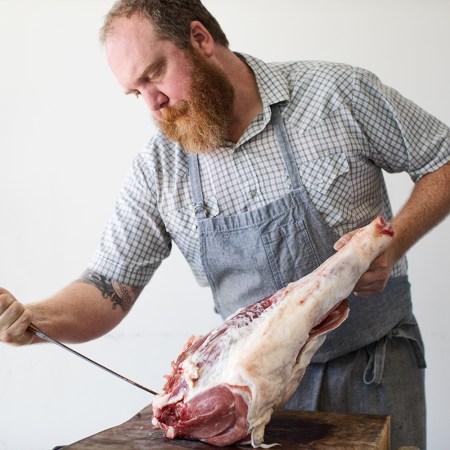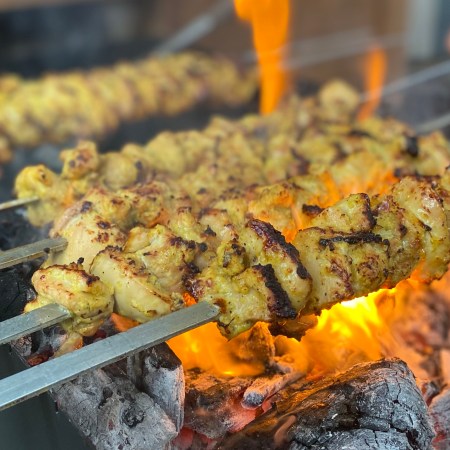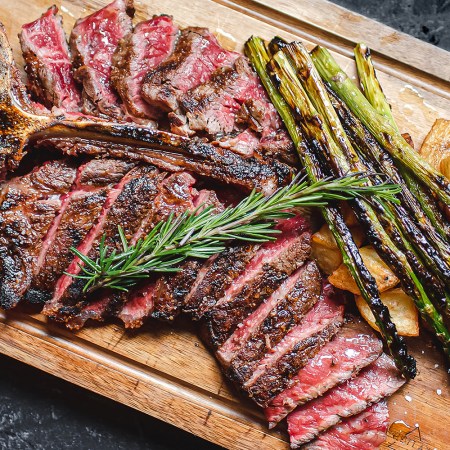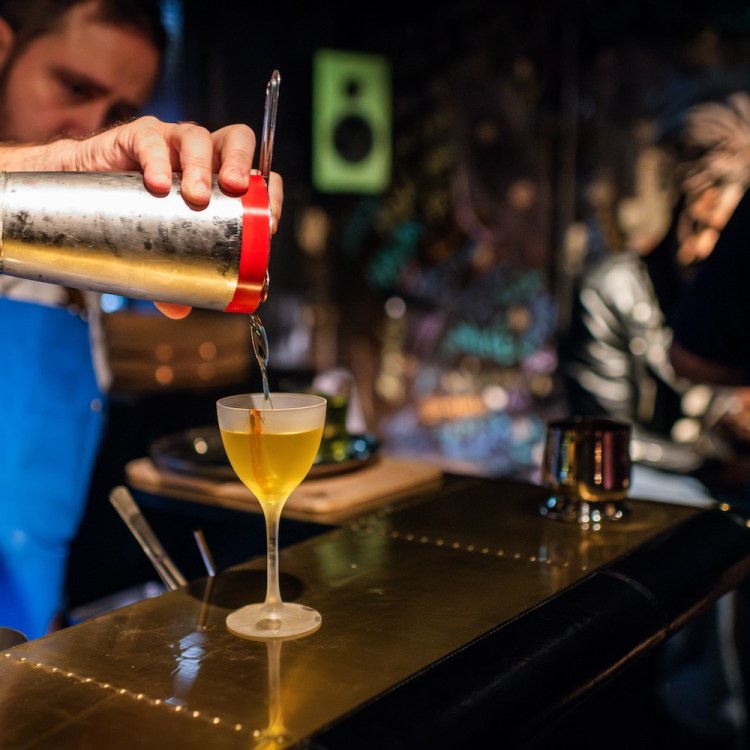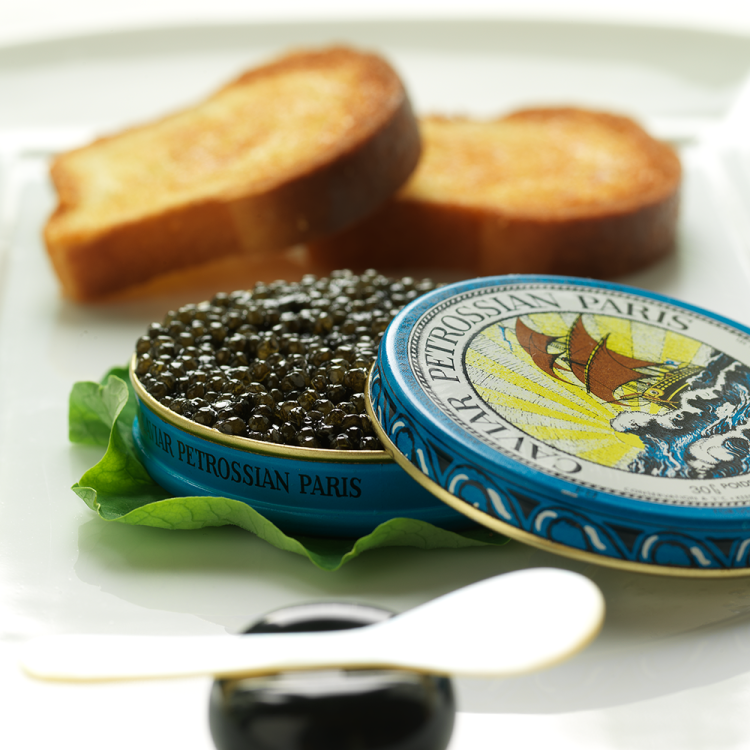Imagine your ideal summertime grilling menu, and it might include burgers and hot dogs, or maybe some veggie and chicken kabobs. But what about miso-rubbed ribeye or abalone grilled right in its shell? These are just some of the recipes that the diverse cooking community in D.C. grew up with, and their memories and talents are a major part of what makes our dining scene so special.
This week, four of D.C.’s most prominent immigrant chefs are taking you on a culinary voyage, offering up their favorite grilling recipes for you to enjoy at home.

Filipino Chicken Inasal
Chef: Paolo Dungca of Pogiboy
A native of the Philippines, chef Paolo Dungca takes his inspiration for this recipe from Bacolod, on the northwest coast of Negros Island. To hear Dungca tell it, chicken inasal is “so popular and well-loved in this province that they have a market strip in Bacolod City named ‘Manokan Country’ (Chicken Country) where all menus have Inasal on the menu.”
The dish, whose name comes from the Ilonggo term for “char-grilled” or “roasted,” sees chicken marinated in a sweet-and-savory combo of aromatics and Sprite before being brushed in oil infused with aromatic lemongrass, garlic, and deep orange achiote.
“This is a dish that evokes a lot of nostalgia for me,” Dungca says. “From the time I was a boy, I can remember chicken inasal being served at all of our family parties and gatherings – in the Philippines when I was really little and also when we moved to Los Angeles when I was 13. The flavors of this dish really remind me of home and that indescribable warmth you feel when sitting around a table full of delicious food with the people you love most.”
Ingredients
For the achiote oil:
2 lemongrass stalks, trimmed, tough outer layers removed, thinly sliced
6 garlic cloves, crushed
1 (2-inch) piece ginger, peeled, thinly sliced
1¼ cups chicken fat or canola oil
⅓ cup achiote (annatto) seeds
12 bay leaves
For the chicken:
12 lemongrass stalks, tough outer layers removed, thinly sliced
6 heads of garlic, cloves separated, chopped
2 small shallots, chopped
2 2-inch pieces ginger, peeled, chopped
2 cups sugar cane vinegar or coconut vinegar
1 cup Sprite or 7Up
10 tablespoons ground annatto seeds
2 tablespoons kosher salt
2 teaspoons ground black pepper
5 chicken leg quarters
Method
To make the achiote oil, bring lemongrass, garlic, ginger, oil, and achiote seeds to a simmer in a small saucepan over medium heat. Reduce the heat and simmer gently, stirring very occasionally, until oil is brick-red and fragrant. Remove from the heat and add the bay leaf. Steep 30 to 45 minutes. (The achiote oil can be made 1 week ahead. Let cool; cover and chill. This will be used for basting the chicken on the grill to give it that nice amber color.)
To make the chicken marinade, combine the lemongrass, garlic, shallot, ginger, vinegar, Sprite, annatto, black pepper, and salt in a large mixing bowl. Whisk to dissolve the salt. Set chicken legs, skin side down, on a cutting board. Working one at a time, cut a ½-inch deep slash along both sides of the thigh bone with a knife. This helps marinate the chicken deeper with flavor. Add the chicken and marinade to a bag and seal, pressing out as much air as possible; turn to coat. Marinate at least 6 hours and up to 12 hours.
Prepare the grill for medium-high indirect heat (for a charcoal grill, bank coals on one side; for a gas grill, leave one or two burners off). Remove the chicken from the marinade and discard the marinade. Secure each piece of chicken with 2 skewers if desired (the skewers will help you maneuver the chicken on the grill without tearing the skin). Season lightly with salt.
Grill the chicken over hottest side of grill, turning occasionally, until deeply browned and charred in spots, about 5 minutes. Move to cooler side of grill and cover. Continue grilling (covered), basting with achiote oil and turning every 5 minutes or so, until skin is crisp and meat is cooked through, 30–40 minutes longer. Once cooked, baste with more achiote oil for the amber color finish.
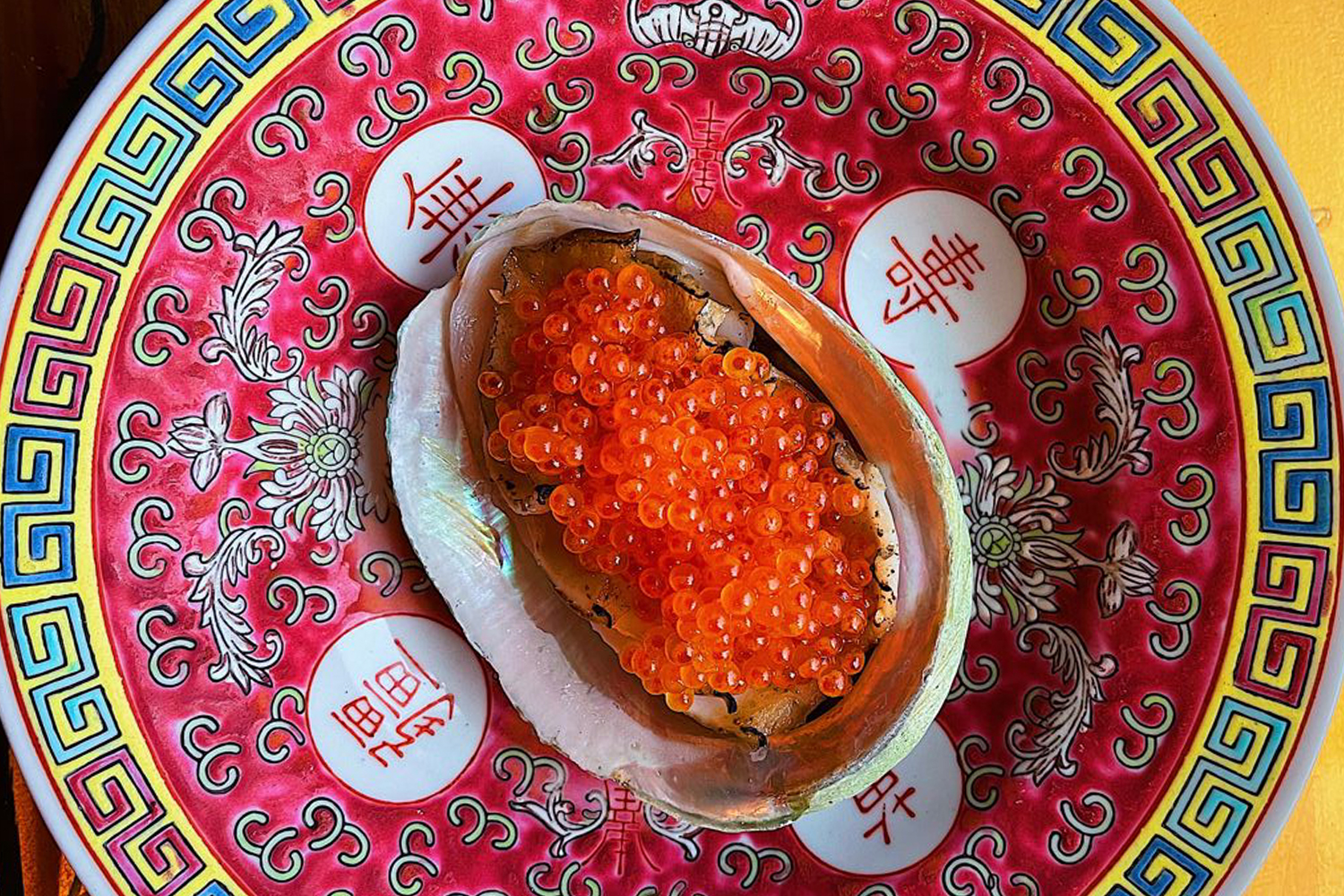
Hong Kong Grilled Abalone with Trout Roe
Chef: Henji Cheung of Queen’s English
For Henji Cheung, grilling in his native Hong Kong is a “very simple affair” where seafood is often the star ingredient.
“A lot of my memories of grilling [are] with my older brother and his friends,” he says. “You would go to your local seafood market in the morning where everything is alive. People in Hong Kong don’t buy fish/seafood that isn’t swimming. Then you go home, prepare the food, chill the beer and wait for sunset. Then you grill into the early morning.”
With seafood so fresh, it’s no surprise that traditionally, it’s prepared very simply: marinated with garlic and soy and cooked to perfection. At his Queen’s English, the recent recipient of a Michelin Bib Gourmand award, he takes inspiration from a popular local recipe – scallop grilled in its shell – for a similar dish made with abalone.
“The abalone is sliced thin, brushed with oyster sauce and quickly charred,” he says. Topped with trout roe marinated in rice wine, it’s a deceptively simple dish that offers a complex interplay of textures and flavors.
Ingredients
1 tablespoon trout roe
30 grams (2 tablespoons) rice wine
1 piece abalone
1 teaspoon oyster sauce
Method
Gently toss the trout roe in the rice wine and set aside.
Bring a pot of water to a boil, and poach the abalone for 10 seconds. Remove from the water, and remove the abalone from the shell, rinsing well. Set aside. Discard all of the abalone guts, and rinse under running water. Slice about 1 centimeter (1/3 inch) thick.
Place the abalone shell on a hot grill. When hot, place the sliced abalone back in the shell to quickly cook – just 1 to 2 minutes. Brush with the oyster sauce.
Remove from the grill, top with the trout roe, and serve.
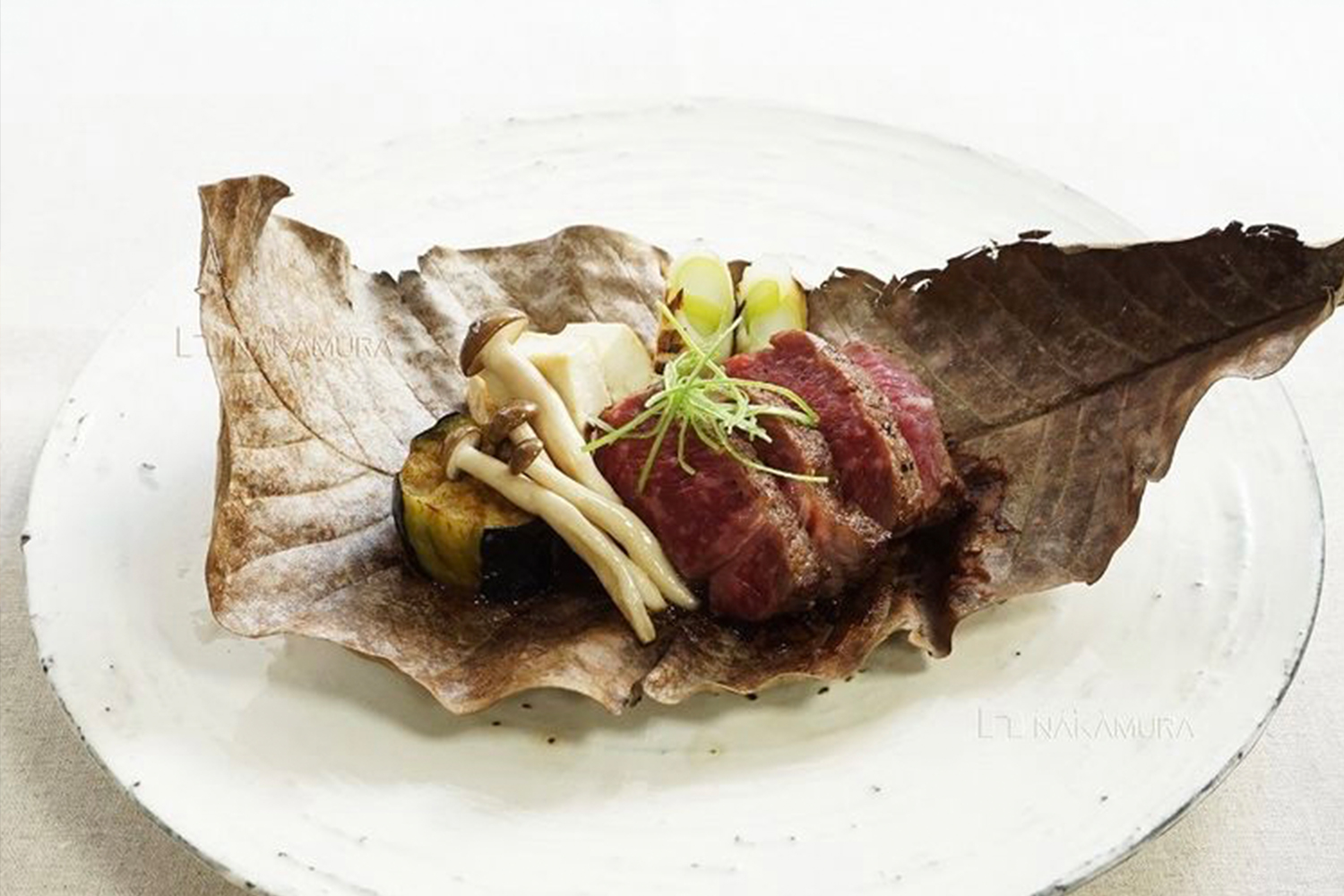
Japanese Ribeye Hoba Yaki
Chef: Cizuka Seki of Izakaya Seki
According to chef Cizuka Seki, many older, traditional homes in Japan boast their very own hibachi grill — an all-purpose heating element that serves the family day-in and day-out.
“Charcoal is placed directly inside,” she explains, and the surface can thus be used “to boil a kettle of water for tea, or a grill can be placed on top to grill.”
In some cases, she continues, a large hoba leaf hailing from a species of magnolia is placed on the grill as a cooking surface for the food. “Any ingredient cooked over this leaf is called hoba-yaki,” says Seki. “One of my favorite dishes using hoba-yaki consists of grilling strips of beef or pork and mushrooms.”
In this dish, which Seki has adapted for a standard gas or charcoal grill, the leaf “gives off a very subtle smokey flavor and helps to round out the saltiness of the miso.” You can easily find hoba leaf on Amazon to try this dish out at home.
Ingredients
1 hoba leaf
100g (3 ½ ounces) sliced ribeye roll or top blade steak (pre-sliced, as for Korean barbecue)
50g (1 ¾ ounces) shimeji mushrooms (or other mushrooms: Seki recommends maitake, erengi, or shiitake)
1 tablespoon white miso
1 tablespoon red miso
1 tablespoon cooking sake
½ teaspoon grated fresh ginger
Method
Soak the dried hoba leaf in tap water for about three minutes, or until pliable.
Remove the base from the shimeji mushrooms, and separate the mushrooms. Do not rinse in water. Remove any dirt by using a damp paper towel.
In a heat-safe bowl, combine all of the ingredients for the sauce. Heat in the microwave for one minute, or until the sauce is slightly bubbly. This can be done in a saucepan over the stove as well, but requires keeping a careful eye on the sauce to avoid burning, as miso burns easily.
Lay out the leaves and place a few spoonfuls of the miso sauce on the leaf. Top with the beef and mushrooms, leaving plenty of room around the edges. Do not overcrowd the leaf! Each leaf can hold about 2-3 slices of meat and a few mushrooms.
Place the leaves over the grill and cook for about 10 minutes, or until the beef and mushrooms are done. The miso sauce should be bubbling and caramelized.
Remove and plate the entire leaf to serve. The leaf is not edible but makes for a pretty presentation.
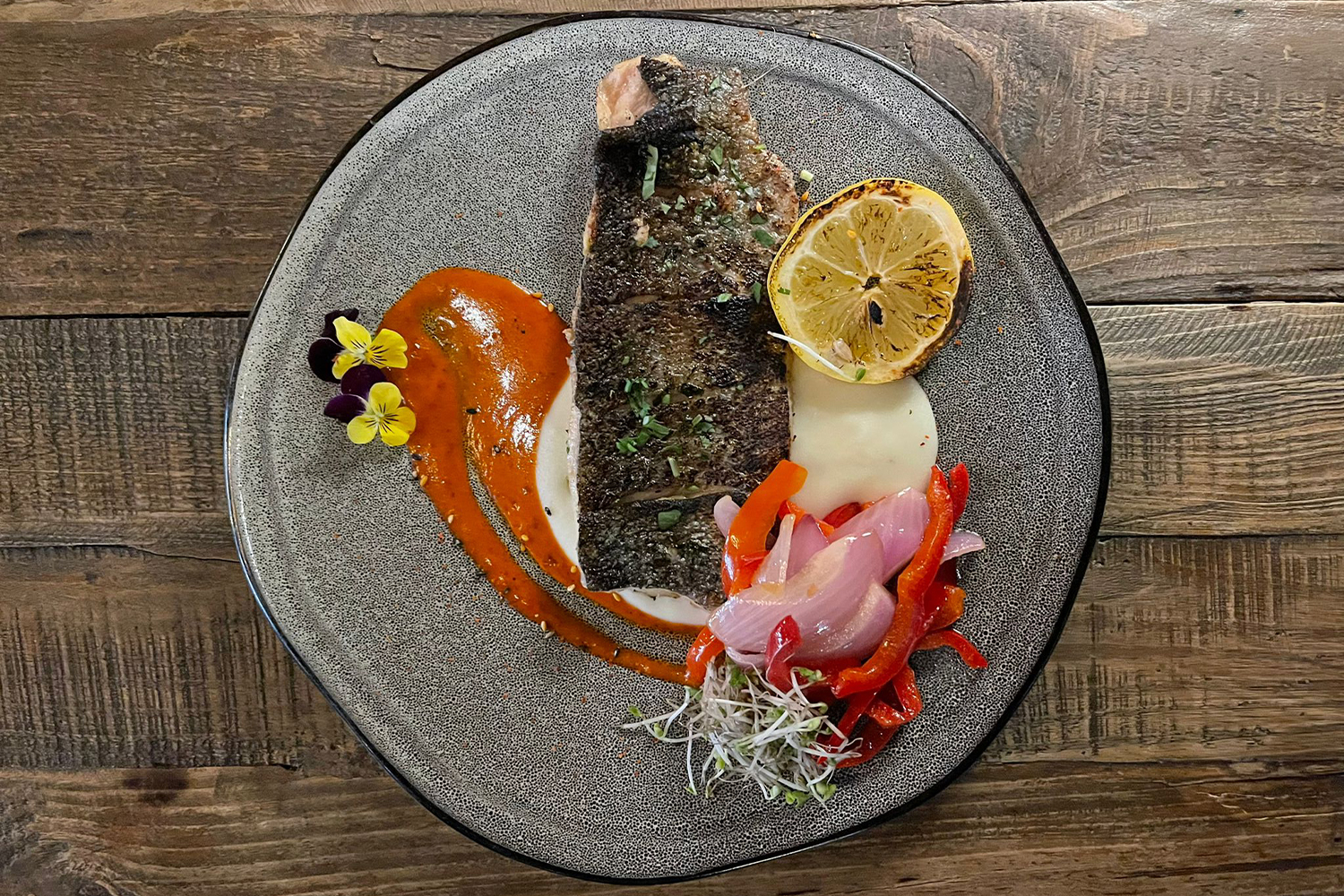
Colombian Grilled Trout Fillet in Beer Butter
Chef: Cristian Grenada of El Secreto de Rosita
In Colombia, explains Chef Cristian Grenada, homemade grills are a staple cooking apparatus.
“The most popular grills in Colombia are charcoal and wood,” he explains. “This always makes the food have a particular flavor.”
His recipe for trout with beer butter and a red pepper sauce, he notes, “is inspired by the tradition that exists in some sectors of the country of fishing for trout and cooking it in their homemade grills.”
Grenada loves serving this dish with a yuca purée. In this way, he says, alongside the fish, red pepper, and onion, “the plate represents the diversity of the country.”
Ingredients
For the beer butter:
½ cup beer
1 cup unsalted butter, room temperature
1 teaspoon chopped garlic
1 tablespoon chopped parsley
1 teaspoon olive oil
For the trout:
1 skin-on trout fillet
1 teaspoon Kosher salt
1 teaspoon chopped parsley
For the red pepper sauce:
1 red pepper
250 ml (about 1 cup) olive oil
1 teaspoon kosher salt
½ red onion
Method
Combine the beer, butter, garlic, parsley, and olive oil, and mix until smooth.
Preheat the grill to about 450-500 degrees Fahrenheit. Season the dry fish with kosher salt and chopped parsley, then cover with the beer butter. Let rest for about 10 minutes.
Meanwhile, place the red pepper on the grill and roast it until the skin is nicely charred. Remove from the grill and, using a damp paper towel, remove the skin. Pull the pepper apart and remove the seeds and stem, and place the pepper pieces into the blender with the olive oil, salt, and onion. Blend until a smooth sauce forms.
When the fish has marinated in the butter, place it, skin-side down, on the grill. Cook for 3 to 4 minutes, then flip. Cook until the fish is flaky and cooked through. Serve with the sauce.
This article was featured in the InsideHook DC newsletter. Sign up now for more from the Beltway.
